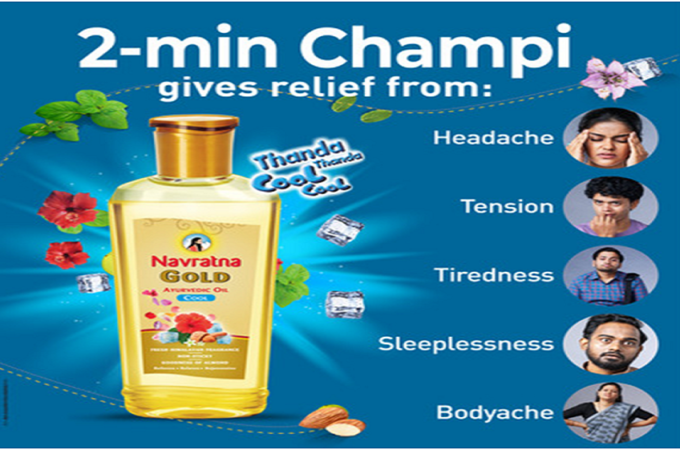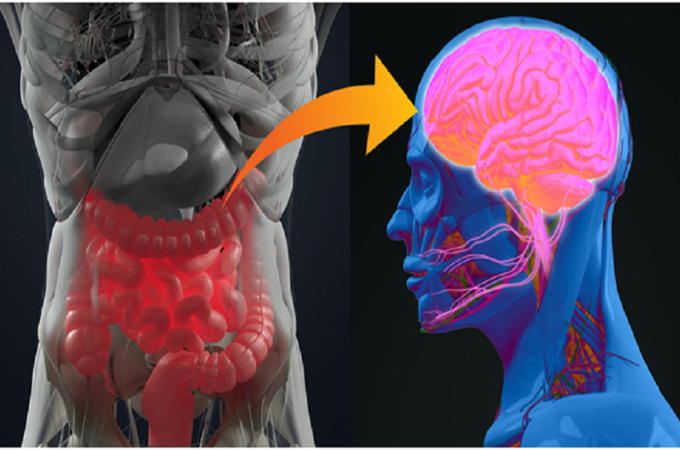
A Complete Guide to Sinus Infection
Inflammation of the sinus lining is known as sinusitis. The sinuses are bony cavities between and behind the eyes, the cheeks, and the forehead. They produce mucus to lubricate the nasal passages. Because of it, it’s easier to avoid breathing in harmful pollutants, allergies, and dust.
The air in your sinuses is a sign of good health. However, fluid buildup and obstruction allow bacteria to flourish, leading to an infection. In this article, we’ll cover the basics of sinuses.
Sinus Types
Some of the medical jargon you can encounter includes:
Cold-like symptoms, such as a runny, stuffy nose and face discomfort, are often the first indicators of acute sinusitis. Sometimes, it comes on quickly and lasts for a month or more.
Subacute sinusitis typically lasts between 4 and 12 weeks.
The duration of symptoms for chronic sinusitis is 12 weeks or more.
Sinus infections come back every several months.
Pansinusitis is an inflammation of every sinus in the head, not only the frontal and maxillary sinuses.
Acute and Chronic Sinusitis Symptoms
Understanding the signs of a sinus infection is essential for prompt treatment. In addition to the symptoms mentioned earlier, sinusitis may also bring on a painful throat, foul breath, a sense of fullness in the ears, and a cough. If these symptoms continue, you must see a doctor for a proper diagnosis.
Preventative Measures
To avoid getting a sinus infection, it’s best to avoid anything that might irritate your sinuses. Reduce your exposure by washing your hands often, staying away from persons who are sick, and practicing generally excellent hygiene. Sinusitis may be avoided altogether if allergies are kept under control. Humidifier use, adequate hydration, and avoiding smoking and pollution are all more preventative steps.
Treatment for Sinuses
Depending on the root cause, sinus infections may be treated in various ways. Some of the ways sinus problems may be treated are as follows:
- Your doctor may recommend antibiotics if they determine that a bacterial infection is to blame. They are usually used for 10-14 days while treating acute sinusitis. It may be longer if the sinus infection is persistent. Antibiotics are only effective against bacteria. If sinusitis is caused by a virus or anything else, it won’t help.
- Pain relievers like ibuprofen and acetaminophen are often used by those suffering from sinusitis. Take them exactly as prescribed and for no longer than ten days. Find out from your physician which option is best for you.
- Bionic sinus system. Sinus nerve fibers are stimulated by microcurrents, resulting in relief from congestion. It’s available without a prescription and alleviates nasal pressure, discomfort, and inflammation.
- Sinus mucus production may be controlled using these medications. Some come in the form of nasal sprays. The other options are oral tablets. More congestion may occur after using decongestant nasal sprays for more than three days. If there are specific directions, stick to them.
- Treatments for allergies. Untreated allergies are a leading cause of sinusitis. Some people who have never been tested for allergies may want to find out whether they are allergic to anything. Medication (such as antihistamines) and avoiding triggers might help if you experience this. Allergy injections are another therapeutic option since they work overtime to reduce sensitivity to the allergens that trigger your symptoms.
Bottom Line
Most cases of a sinus infection may be treated effectively. Sinusitis is highly preventable if you know the risk factors, can see the early warning signs, and take the necessary precautions. Seeking medical assistance quickly and continuing with recommended therapy may hasten recovery and lessen the risk of complications if you develop an illness. You can get your sinus infection prescription and treatment from the comfort of your home by ordering online.





